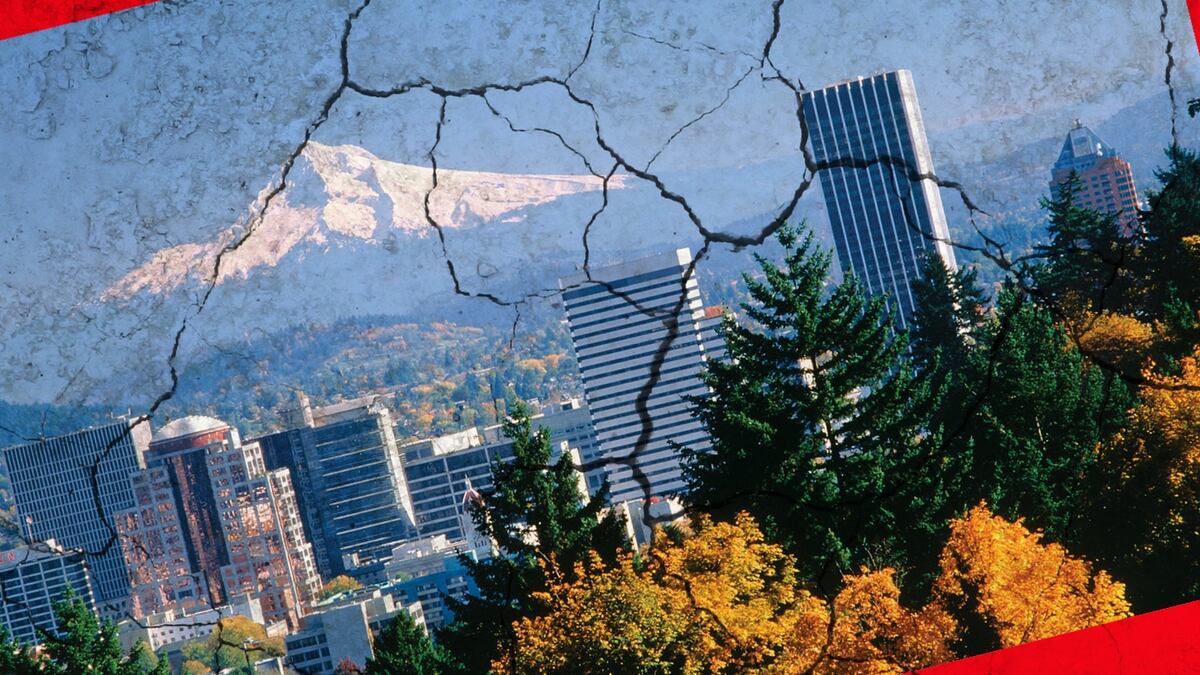If you read your panicky friends' Facebook feed, you'll be hearing that we're entering some sort of seismological Mercury retrograde—when the Cascadia Earthquake, aka The Really Big One, is more likely.
I.e., the idea is we're all slightly more likely to die, via the noodge that broke the subduction zone's back.
Every 14 months or so, what is essentially a slow earthquake takes place underneath the Puget Sound over the course of two weeks, according to the Pacific Northwest Seismic Network, which tracks earthquakes locally. The phenomenon is called an "episodic tremor and slip"—or, more colloquially, "slow slip."
During a slow slip, there's more pressure on the Cascadia subduction zone, due to one plate slippin' into the zone of the other one.
"If that locked zone is close to critical, and you add more stress on to it … that could trigger, theoretically, the 'megathrust' earthquake," seismologist Alison Bird, who works for the Geological Survey of Canada, told the CBC.
Should we actually be afraid?
"That is still a very hot topic in the seismology, and until the modeling can tease that out or until we have a big earthquake during an ETS event, that is undetermined," says research engineer Doug Gibbons at the Pacific Northwest Seismic Network. "There are seven or eight months' worth of energy released in that tremor event—but it's not applied as pressure or increased earthquake risk."
That's another way of saying that the "slow slip" has not been shown to increase risk in any credible way—although it might! If you want to be afraid, you might as well be just as afraid as you ever were.
There's certainly increased seismic activity in our region, Gibbons say, although he doesn't think it's related to a possible Cascadia quake.
On Wednesday night, there was a 4.3 earthquake about 34 miles west of Seattle in Belfair, and there are currently small tremors vibrating up and down the eastern edge of the Olympic Peninsula. There have been six small tremors in the past 12 hours.
If we're just making you paranoid, sorry, but maybe you'll be comforted by the fact that you can also follow tremors along in real-time on this Realtime Tremor site, from the PNSN website.
Even though there's not necessarily a higher risk of the Big One, it's always good to remember that it is indeed coming. Maybe. Someday—in the next century, maybe, or tomorrow while your mom is visiting, or while you're getting married finally.
